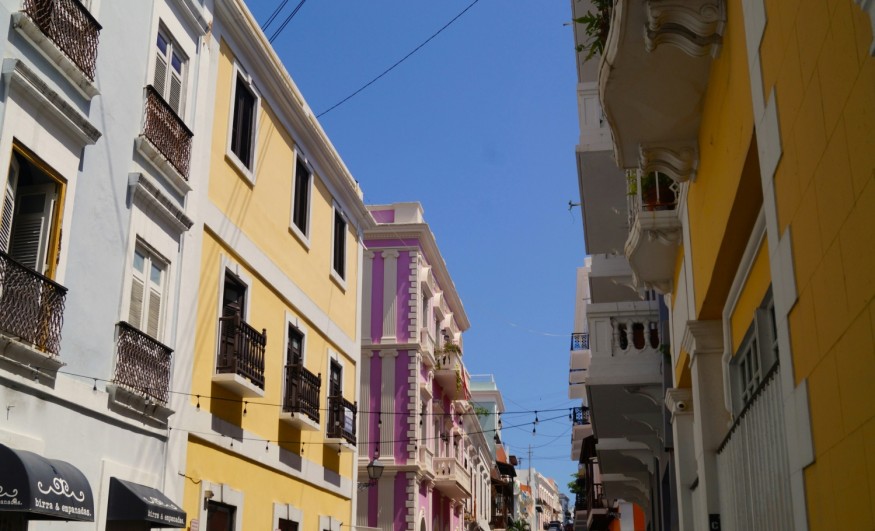Collaborative Green Architecture Leads Caribbean and European Efforts for Environmental Sustainability

It is always the case that the world leading sustainable future drive is spear headed by the UNESCO Transcultura Programme which is funded by the European Union from its enlightening online debate into new solutions in the area of environmentally friendly building design. In the recognition of specific problems climate change pose to Small Island Developing States the aim of the discussion was to enhance sustainable initiatives that would not only harden constructions against disasters but also raise the living standard of residential communities and protect the vulnerable ecosystems of the Caribbean.
The Online Debate
The online debate titled "Less is More: The joint UNESCO project Sustainability is Endless" was carried with the support of the ACCE program. Occurred on 11th of April 2024 via Zoom, the event aimed to discuss ways of achieving the three ideals in design namely sustainable, inclusive, and reinforced. Anne Lemaistre, UNESCO Regional Office in Havana, Director, highlighted that these events have affected people to quite an extent, which is not only in form of the loss of human life but they also unpacked the economic growth and dropped people's living standards. If any point was made, it was that the immediate need for sustainable response measures to resolve the crisis was evident throughout the dialogue.
Insights from Architects
Architects from both the Caribbean and Europe converged to share insights and initiatives aimed at fostering resilient planning to mitigate urban vulnerabilities. They showcased innovative green architecture projects and offered crucial recommendations to harness the burgeoning green architecture sector in both regions. Anoushka Mathur-Fairfield, an architect from Trinidad and Tobago, highlighted the transformative power of well-designed built environments in enhancing community well-being. She emphasized the imperative of leveraging architectural knowledge to construct sustainable solutions amidst the climate crisis, particularly in vulnerable communities.
Also Read: Manas Bhatia's Nautilus Bio-Architecture Unveils Floating and Spiraling Skyscrapers of the Future
The integration of sustainable solutions in architectural design was lauded for its myriad benefits, including resilience to climatic phenomena, environmental respect, resource efficiency, and improved well-being for inhabitants. Such initiatives yield tangible advantages such as enhanced indoor air quality, natural lighting, and thermal comfort, presenting long-term economic savings opportunities for the Caribbean.
Architects as Agents of Change
Architects then became pivotal agents who lead a re-orienting course of an order, giving preference to an environment-conscious life. Each material decision, architectural forms and utilization of things reveals our commitment to the environmental sustainability. The Vice-President of the Architects' Council of Europe Dr. Carl Bäckstrand highlighted the necessity of interdisciplinary work and international cooperation as channels of hope producing renowned solutions to global problems.
By setting up an informal exchange, the Transcultura Programme has sought to improve the conversation around sustainable architecture practices in the Caribbean and try to find joint solutions from both shores of the Atlantic Ocean to cope with the challenges faced by construction professionals. When we reclaim sustainable architecture as one of our priorities, this becomes the ground on which a greener, more equitable future for the generations to come and the future of our own children can be built on.
Related Article: Architects Navigate Metaverse's Impact on Retail Design and Consumer Engagement
From Digital Models to 3D-Printed Homes: Jaspreet Kaur Lall Explains How the Innovation Changes the Construction Industry

Future Belongs to Green Construction: Sampath Kumar Paspunoori Explains One of the Key Trends in the Construction Industry

Kamala Harris' Campaign Ad Uses Iconic Visuals from Carrie Mae Weems to Connect with Voters

Historic Ancient Roman Ruins in Baalbek Remain Strong After Israeli Air Strikes; Locals Seek Cultural Protection

4 Ways to Honor Departed Loved Ones in Your Home Design














